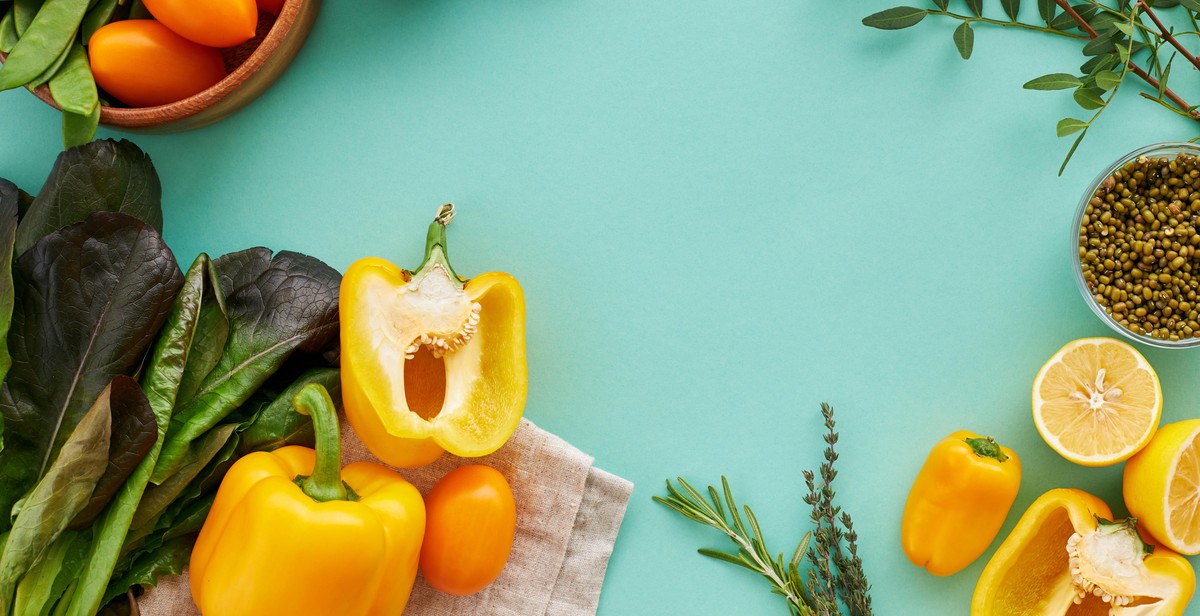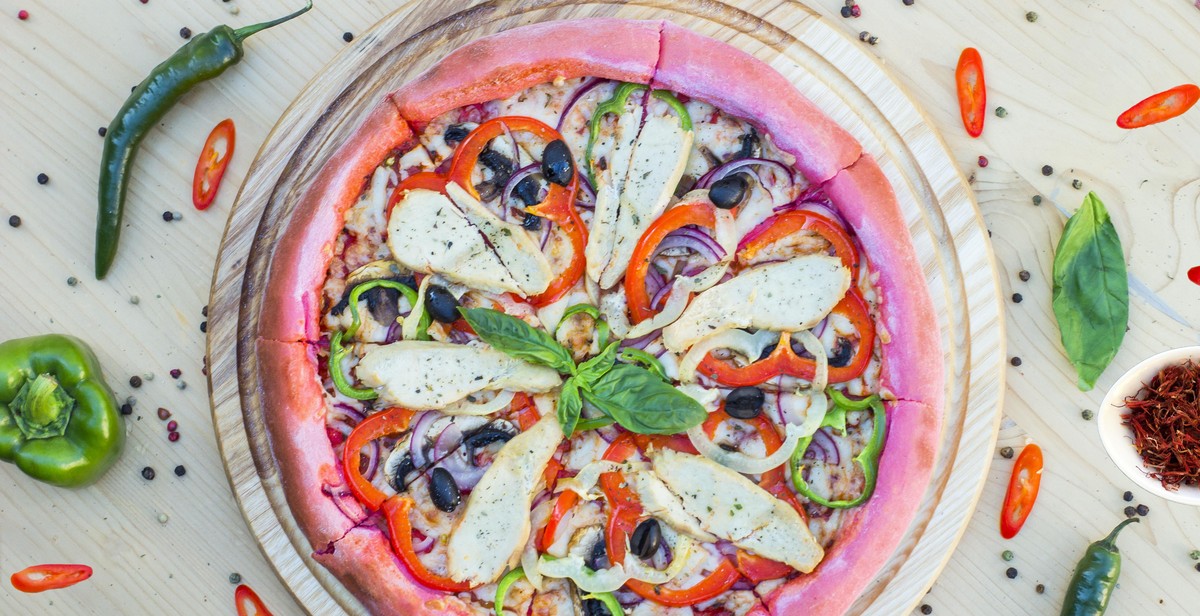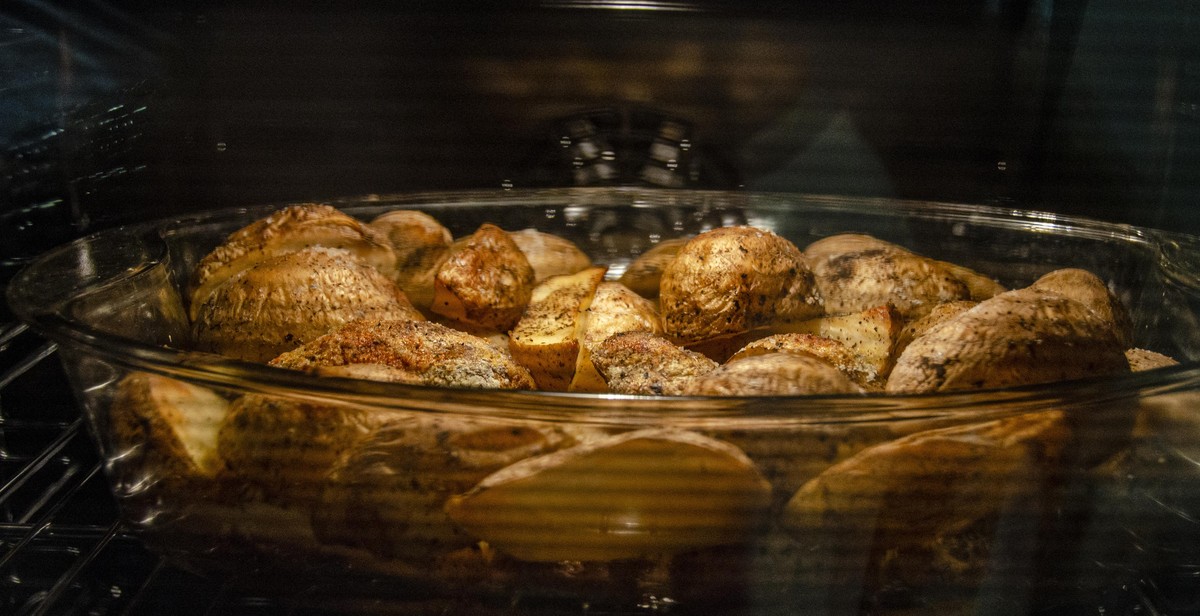How to Roast Vegetables with Herbs: Infusing Flavors for Tasty Side Dishes
Roasting vegetables is one of the easiest and most delicious ways to prepare them. Not only does it bring out the natural sweetness and flavors of the vegetables, but it also adds a crispy texture that is hard to resist. By adding herbs to the mix, you can take your roasted vegetables to the next level.
In this article, we will discuss how to roast vegetables with herbs and infuse flavors for tasty side dishes. We will cover the best herbs to use, how to prepare the vegetables, and the roasting process. Whether you are a seasoned cook or a beginner, this guide will provide you with the knowledge and skills to create delicious and healthy side dishes that everyone will love.
The Benefits of Roasting Vegetables
Roasting vegetables is a great way to retain their nutrients and natural flavors. It also requires minimal preparation and can be done with almost any vegetable. Additionally, roasting vegetables is a versatile cooking method that allows you to experiment with different herbs and spices to create unique flavor combinations.
The Best Herbs to Use
When it comes to roasting vegetables, there are several herbs that work well. Some of the most popular herbs include rosemary, thyme, oregano, sage, and basil. Each herb brings its own unique flavor profile to the dish and can be used alone or in combination with others.
- Rosemary: adds a woodsy, earthy flavor
- Thyme: adds a subtle, lemony flavor
- Oregano: adds a slightly bitter, pungent flavor
- Sage: adds a savory, slightly peppery flavor
- Basil: adds a sweet, slightly minty flavor
By experimenting with different herbs, you can create unique flavor combinations that will make your roasted vegetables stand out.

Why Roast Vegetables with Herbs?
Roasting vegetables is a great way to enhance their natural flavors and textures. When vegetables are roasted, they become caramelized and slightly crispy on the outside, while maintaining a tender and juicy interior. This cooking method also helps to retain the nutrients and vitamins in the vegetables, making them a healthy and delicious addition to any meal.
Benefits of Roasting Vegetables
Roasting vegetables offers several benefits, including:
- Enhanced flavor and texture
- Retained nutrients and vitamins
- Easy preparation and cleanup
- Versatility in pairing with different herbs and spices
Benefits of Using Herbs
Adding herbs to roasted vegetables not only enhances their flavor, but also provides additional health benefits. Herbs are packed with antioxidants and anti-inflammatory properties that can help boost the immune system and reduce the risk of chronic diseases such as heart disease and cancer.
Why Combine Roasting and Herbs?
Combining roasting and herbs creates a delicious and healthy side dish that can complement any main course. The herbs infuse the vegetables with their unique flavors and aromas, creating a dish that is both flavorful and nutritious. Additionally, using herbs in roasting vegetables can add variety and interest to your meals, making it easier to stick to a healthy and balanced diet.

Choosing the Right Vegetables
When it comes to roasting vegetables, not all vegetables are created equal. Some vegetables are better suited for roasting than others. Here are some of the best vegetables for roasting:
- Root vegetables: Root vegetables such as carrots, potatoes, sweet potatoes, turnips, and beets are perfect for roasting. They have a natural sweetness that caramelizes when roasted, making them delicious and flavorful.
- Cauliflower and broccoli: Cruciferous vegetables like cauliflower and broccoli also work well for roasting. They have a dense texture that holds up well to high heat and they develop a crispy exterior while staying tender on the inside.
- Brussels sprouts: Brussels sprouts are another great vegetable for roasting. They have a nutty flavor that becomes even more pronounced when roasted.
- Peppers and onions: Peppers and onions are a great addition to roasted vegetables. They add a pop of color and flavor to the dish.
Prepping Vegetables for Roasting
Properly preparing your vegetables for roasting is key to achieving the perfect texture and flavor. Here are some tips for prepping your vegetables:
- Cut vegetables into uniform pieces: Cutting your vegetables into uniform pieces ensures that they cook evenly. This is especially important for root vegetables, which can take longer to cook than other vegetables.
- Toss vegetables with oil: Tossing your vegetables with oil helps them to brown and become crispy. Use a neutral oil with a high smoke point, such as canola or vegetable oil.
- Season vegetables with salt and herbs: Seasoning your vegetables with salt and herbs before roasting adds flavor and depth to the dish. Fresh herbs like rosemary, thyme, and oregano work well with roasted vegetables.
- Roast at high heat: Roasting your vegetables at a high temperature, around 400°F, helps them to caramelize and develop a crispy exterior while staying tender on the inside.
| Best Vegetables for Roasting | Prepping Vegetables for Roasting |
|---|---|
| Root vegetables | Cut vegetables into uniform pieces |
| Cauliflower and broccoli | Toss vegetables with oil |
| Brussels sprouts | Season vegetables with salt and herbs |
| Peppers and onions | Roast at high heat |

Choosing the Right Herbs
Choosing the right herbs is essential for infusing flavors into your roasted vegetables. Here are some of the best herbs for roasting vegetables:
- Rosemary: This herb has a strong, woody flavor that pairs well with potatoes, carrots, and other root vegetables.
- Thyme: Thyme has a subtle, earthy flavor that complements a variety of roasted vegetables, including tomatoes, onions, and mushrooms.
- Sage: Sage has a slightly bitter, savory flavor that works well with roasted squash, sweet potatoes, and other hearty vegetables.
- Oregano: Oregano has a pungent, slightly bitter flavor that pairs well with roasted peppers, eggplant, and zucchini.
- Basil: Basil has a sweet, slightly spicy flavor that complements roasted tomatoes, bell peppers, and other summer vegetables.
When choosing herbs, it’s important to consider the flavors of the vegetables you’re roasting. For example, if you’re roasting sweet potatoes, you may want to choose herbs with a slightly bitter flavor to balance out the sweetness. On the other hand, if you’re roasting bell peppers, you may want to choose herbs with a sweet or spicy flavor to enhance the natural sweetness of the peppers.
You should also consider the intensity of the herb’s flavor. Stronger herbs like rosemary and sage can overpower more delicate vegetables, so you may want to use them sparingly or pair them with stronger-tasting vegetables.
Finally, consider the cooking time of the herbs. Some herbs, like thyme and rosemary, can withstand long cooking times without losing their flavor, while others, like basil and parsley, are best added towards the end of the cooking process to prevent them from becoming bitter.
| Herb | Flavor | Best with |
|---|---|---|
| Rosemary | Strong, woody | Potatoes, carrots, root vegetables |
| Thyme | Subtle, earthy | Tomatoes, onions, mushrooms |
| Sage | Slightly bitter, savory | Squash, sweet potatoes, hearty vegetables |
| Oregano | Pungent, slightly bitter | Peppers, eggplant, zucchini |
| Basil | Sweet, slightly spicy | Tomatoes, bell peppers, summer vegetables |

Infusing Flavor with Herbs
Herbs are a great way to add flavor to your roasted vegetables. There are many different herbs you can use, and each one has its own unique flavor profile. Some popular herbs to use include rosemary, thyme, oregano, sage, and parsley.
Preparing the Herbs
Before adding herbs to your vegetables, it’s important to prepare them properly. Start by washing the herbs thoroughly to remove any dirt or debris. Then, remove the leaves from the stems and discard the stems. You can either chop the leaves finely or leave them whole, depending on your preference.
Adding Herbs to Vegetables
When adding herbs to your roasted vegetables, there are a few different methods you can use. One option is to mix the herbs with some olive oil and toss the vegetables in the mixture before roasting. This will help to evenly distribute the herbs and ensure that they stick to the vegetables.
Another option is to sprinkle the herbs over the vegetables after they have been roasted. This can be a good option if you want to showcase the herbs and their flavors, as it allows them to remain intact and visible.
No matter which method you choose, be sure to use the right amount of herbs. Too little and you won’t be able to taste them, but too much can overpower the other flavors in the dish. A good rule of thumb is to use about 1 tablespoon of fresh herbs or 1 teaspoon of dried herbs per pound of vegetables.
Overall, adding herbs to your roasted vegetables is a great way to infuse them with flavor and create tasty side dishes. With a little bit of preparation and the right amount of herbs, you can take your roasted vegetables to the next level.

Roasting the Vegetables
Roasting vegetables is a simple and delicious way to infuse flavors and create tasty side dishes. Here are some tips to help you roast vegetables to perfection.
Preheating the Oven
Before roasting your vegetables, it is important to preheat your oven. Preheating the oven helps to ensure that the vegetables cook evenly and develop a crisp exterior. Set your oven to 425°F (218°C) and allow it to preheat for at least 10 minutes before adding your vegetables.
Roasting Temperature and Time
The ideal roasting temperature for vegetables is between 400°F (204°C) and 450°F (232°C). Roasting time will vary depending on the type and size of the vegetables. Generally, most vegetables will take between 20 and 30 minutes to roast. However, denser vegetables like potatoes may take longer.
Roasting Techniques
There are two main roasting techniques: tossing and spreading. Tossing involves placing the vegetables in a bowl with oil and seasonings and then tossing them to coat. Once coated, the vegetables are spread out on a baking sheet and roasted in the oven. Spreading involves placing the vegetables directly on the baking sheet and then drizzling them with oil and seasonings. The vegetables are then tossed halfway through cooking to ensure even browning.
Another technique is to use a roasting rack. A roasting rack elevates the vegetables off the baking sheet, allowing for more even cooking and browning. This technique is especially useful when roasting denser vegetables like potatoes.
By following these tips, you can create delicious and flavorful roasted vegetables that will be the perfect accompaniment to any meal.

Serving Suggestions for Roasted Vegetables with Herbs
Roasted vegetables with herbs are a delicious and healthy side dish that can be paired with a variety of other dishes. Here are some serving suggestions to help you make the most of your roasted vegetables:
Pairing Roasted Vegetables with Other Dishes
- Roasted vegetables are a great accompaniment to roasted meats, such as chicken, beef, or pork.
- They also pair well with grilled fish and seafood.
- Roasted vegetables can be added to salads for extra flavor and texture.
- They can be used as a filling for wraps or sandwiches.
- Roasted vegetables are a great addition to pasta dishes, such as spaghetti or lasagna.
Garnishing Roasted Vegetables
Garnishing your roasted vegetables is a great way to add extra flavor and texture. Here are some ideas:
- Sprinkle freshly chopped herbs, such as parsley, thyme, or rosemary, over the vegetables before serving.
- Add a drizzle of balsamic vinegar or olive oil for extra flavor.
- Sprinkle some grated Parmesan cheese over the vegetables for a cheesy flavor.
- Top the vegetables with some toasted nuts, such as almonds or pecans, for added crunch.
| Vegetable | Best Herbs to Use |
|---|---|
| Carrots | Thyme, rosemary, or parsley |
| Broccoli | Garlic, ginger, or lemon |
| Zucchini | Basil, oregano, or thyme |
| Brussels sprouts | Balsamic vinegar, garlic, or mustard |
Experiment with different herbs and garnishes to find your favorite combination. With these serving suggestions, your roasted vegetables with herbs will be a hit at any meal!
